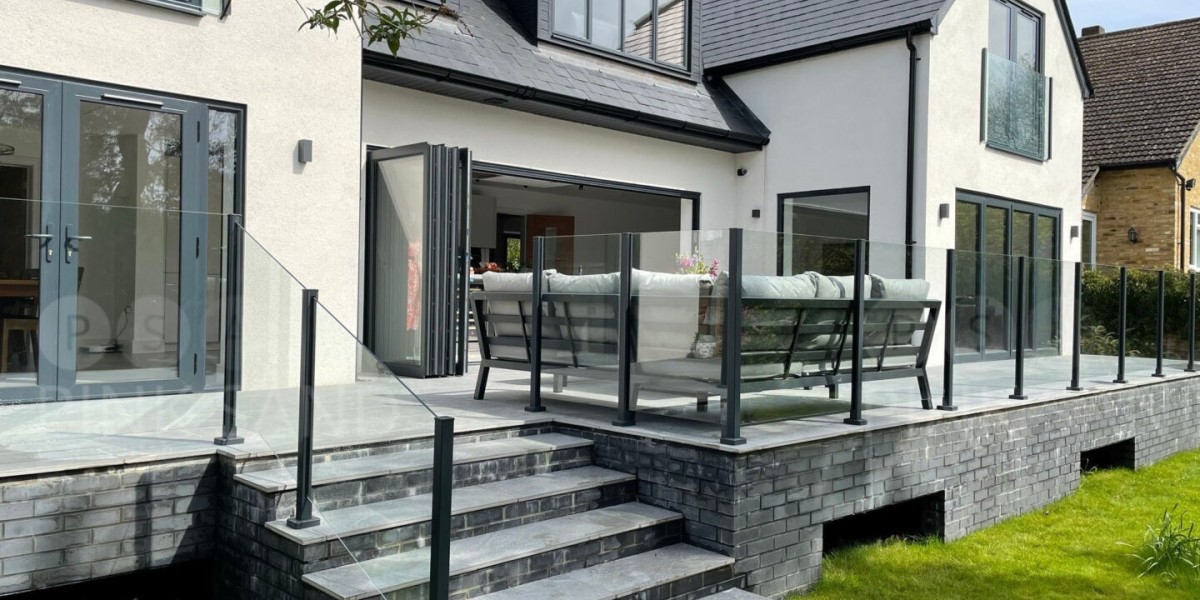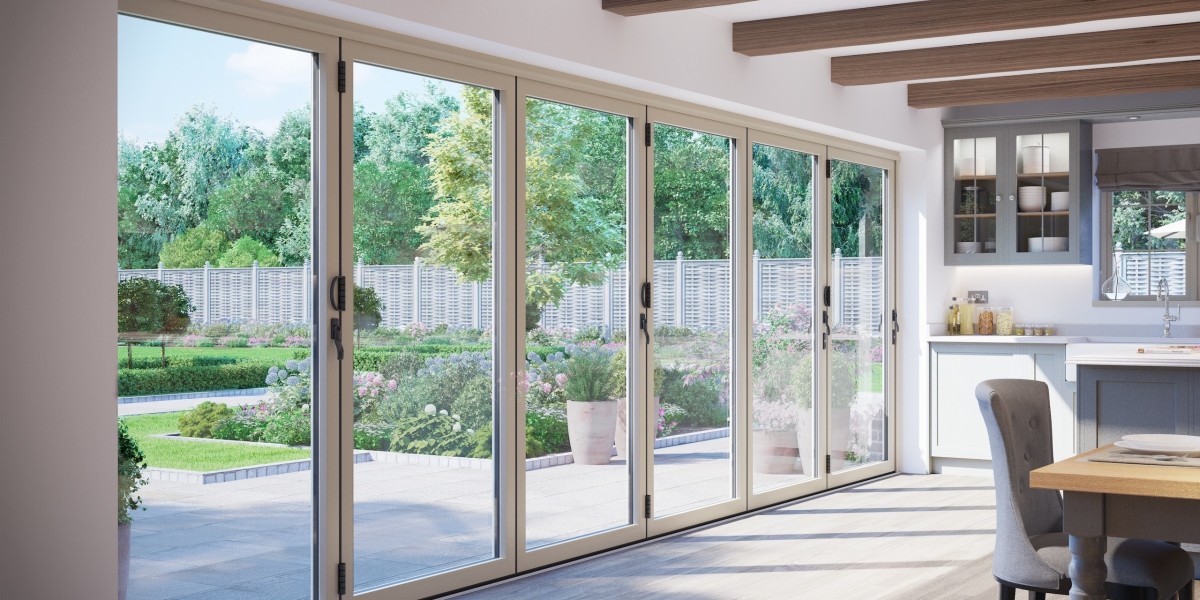North America Waterproofing is an essential practice, protecting buildings and infrastructure from the region’s variable climate, which includes heavy rains, snow, humidity, and coastal weather. It ensures structural longevity, prevents mold, and supports energy efficiency in residential, commercial, and public buildings. The diversity of waterproofing solutions used across the continent reflects a deep understanding of localized construction needs.
Cementitious Waterproofing
Cementitious waterproofing remains one of the most traditional and widely used systems for internal applications, such as water tanks, basements, and bathrooms. It involves cement-based mixtures that adhere strongly to concrete or masonry. However, due to its limited flexibility, it may not be suitable for exterior applications or structures exposed to frequent movement. According to this ABSI Construction article, cementitious methods are valued for their simplicity and strength, especially in static conditions.
Cold-Applied Liquid Waterproofing
Cold-applied liquid waterproofing systems are another effective option. They provide seamless and elastic barriers when applied without the need for heating, making them both safer and more versatile for field use. As noted in this Pacific Exteriors NW article, cold-applied membranes are ideal for multi-family buildings, where safety and fast curing times are essential.
Crystalline Waterproofing
Crystalline waterproofing is a modern innovation that incorporates chemical technology. It works by reacting with moisture in the concrete to form insoluble crystals that seal pores and micro-cracks, making the concrete itself a waterproof barrier. This approach is highly durable and maintenance-free. According to this ABSI Construction source, crystalline systems are especially beneficial in projects that require long-term durability and minimal environmental impact.
Spray-Applied Waterproofing
Spray-applied waterproofing, especially used in infrastructure such as bridges, offers robust adhesion and excellent crack-bridging capabilities. These systems create strong, durable membranes that protect against water ingress even under extreme conditions. According to this Concrete Products article, spray-applied membranes help reduce downtime and extend infrastructure life by accommodating movement and preventing early-stage degradation.
Exterior Insulation and Finish Systems (EIFS)
Exterior Insulation and Finish Systems (EIFS) also play a role in building waterproofing by integrating thermal insulation with moisture protection. EIFS are lightweight and energy-efficient, making them popular in both new construction and renovation projects. However, if improperly installed, they can trap moisture, leading to damage. Proper design and flashing are crucial to ensure effectiveness.
Hydrophobic Concrete
Hydrophobic concrete is another North American advancement combining both waterproofing and corrosion resistance. It involves integral waterproofing admixtures that repel water, making the concrete self-sealing over time. This is particularly useful in water treatment facilities, foundations, and marine structures.The method simplifies construction and offers long-term protection in one step.








